Lee Miller: Capturing Raw Reality
Lee Miller: Photography, Art and War Documentation
Lee Miller was a pioneering American photographer, model, and photojournalist whose life and career spanned some of the most tumultuous decades of the 20th century. Her bold and often unorthodox approach to art, as well as her commitment to capturing the raw reality of World War II, cemented her legacy as one of the most compelling figures in modern photography.
From her beginnings as a muse and fashion model to her later life as a war correspondent documenting the atrocities of the Holocaust, Miller’s life was filled with contradictions and transformations. Her story reveals not only the power of photography as a medium for storytelling but also the indelible mark left by those who dare to document humanity at its most vulnerable and resilient.
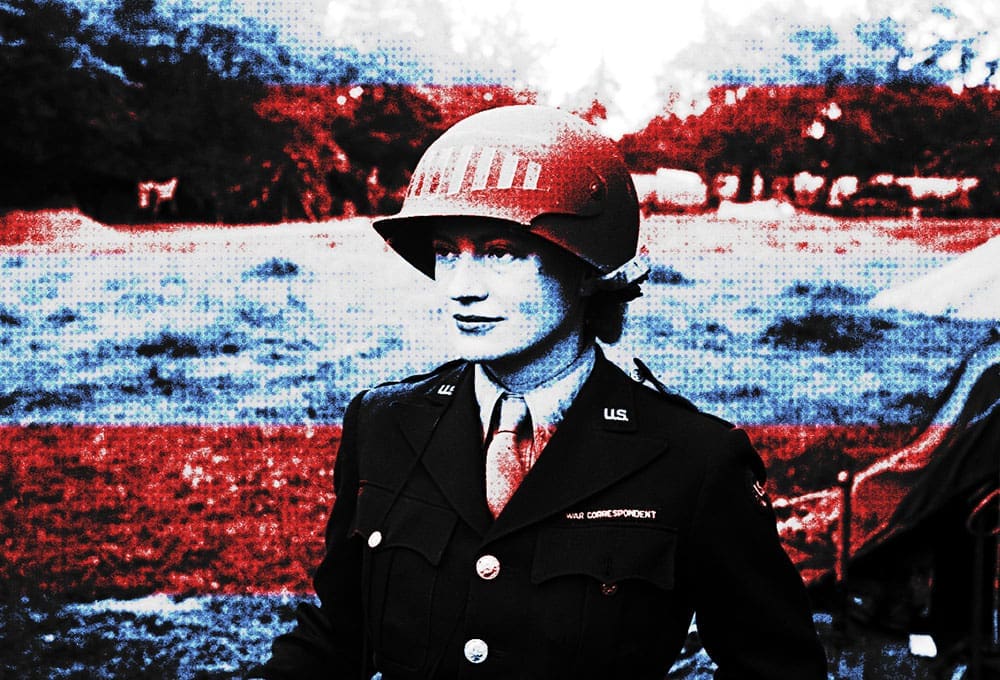
"Lee Miller's images demand that we see and remember, that we witness what she witnessed, even when it’s hard to look."
Jane Livingston
Table of Contents
*All Book Images Open a New tab to our Bookshop
**If you buy books linked to our site, we get 10% commission from Bookshop.org, whose fees support independent bookshops.
Early Career: Muse and Model in New York and Paris
Lee Miller was born on April 23, 1907, in Poughkeepsie, New York. She was introduced to photography at a young age by her father, Theodore Miller, who taught her the basics of the craft and frequently photographed her. By her teens, Miller had developed a keen interest in the arts, yet her path to becoming a professional photographer would not be straightforward.
In her early twenties, Miller moved to New York City, where she entered the world of fashion modelling almost by accident. In 1927, she had a chance encounter with the publisher Condé Nast, who discovered her after rescuing her from an oncoming car in Manhattan. She quickly became a prominent figure in the world of fashion and was featured on the cover of Vogue, where her striking beauty and elegance became well-known.
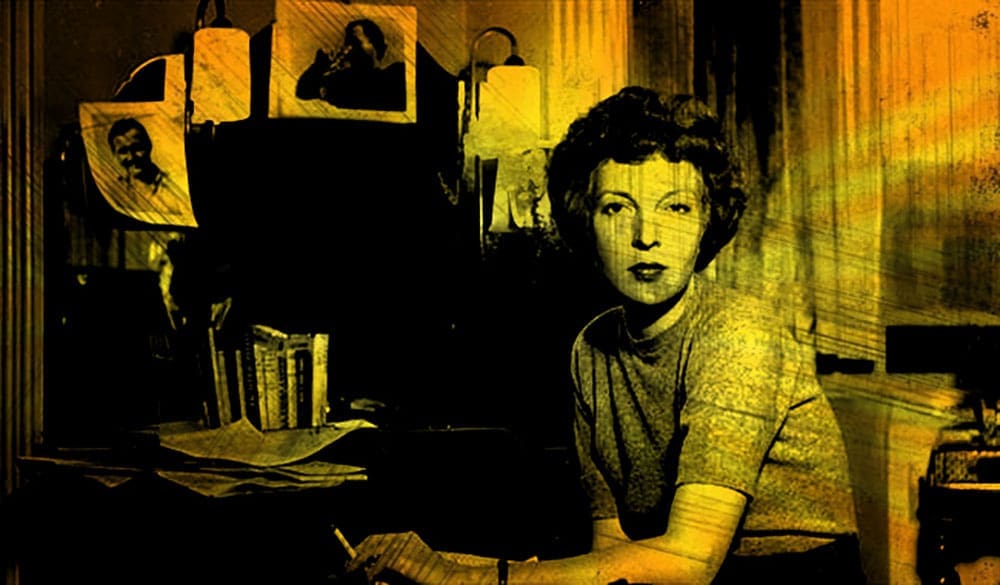
The Role of Intellectual Movements
However, Miller was not content to remain solely in front of the camera. She soon grew restless and relocated to Paris in 1929, where she sought to establish herself as an artist in her own right. In Paris, she encountered the surrealist artist and photographer Man Ray, and the two began a passionate but tumultuous relationship. Under Ray’s mentorship, Miller honed her skills as a photographer and quickly became an active participant in the avant-garde surrealist movement. She even discovered the photographic technique of solarization, a process that she and Ray would employ frequently in their work.
An Experimental Spirit
Although her relationship with Ray was eventually strained by their professional and personal differences, Miller’s time in Paris solidified her place in the art world. She returned to New York in 1932, where she opened her own studio and became known for her portraits and commercial photography. Her early work was marked by an experimental spirit and a fascination with the subconscious, characteristics that would continue to shape her photography throughout her career.
War Photography and Documentation of Post-War Europe
As World War II began, Miller found herself drawn to the front lines. In 1942, she secured a position as a war correspondent for Vogue, making her one of the few female photojournalists covering the conflict. This decision marked a significant departure from her earlier fashion and portrait work, as she now sought to capture the reality of war with unflinching honesty. Miller travelled across Europe alongside the Allied forces, documenting everything from the London Blitz to the liberation of Paris. Her work from this period is notable not only for its stark portrayal of war’s devastation but also for her unique perspective as a woman amidst the predominantly male war correspondents.
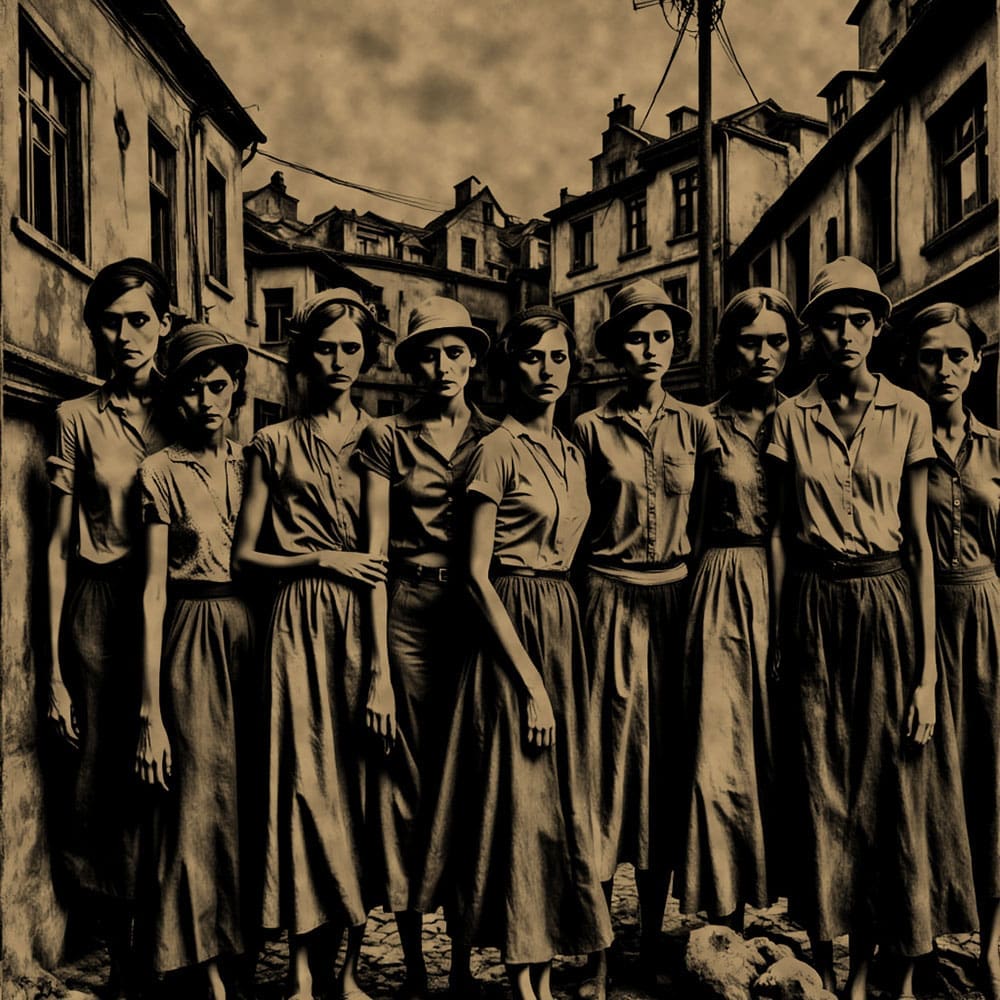
The Full Horror of the Nazi Regime’s Crimes
Perhaps the most haunting of her works came from her time in Germany. In 1945, Miller accompanied the American forces as they liberated the concentration camps at Buchenwald and Dachau. Her photographs of these camps revealed to the world the full horror of the Nazi regime’s crimes. Images such as the piles of emaciated corpses, the barracks, and the hollow faces of the survivors brought the atrocities of the Holocaust into sharp focus for those who had not experienced it first-hand.
Hitler’s Bathtub in Munich
In one of her most iconic and surreal photographs, Miller posed in Hitler’s bathtub in Munich, a moment that would become symbolic of both the Allied victory and the personal toll of the war on Miller herself. This image, both eerie and defiant, captured Miller’s complex relationship with her role as a war photographer; she was not merely an observer but an individual profoundly affected by the scenes she witnessed.
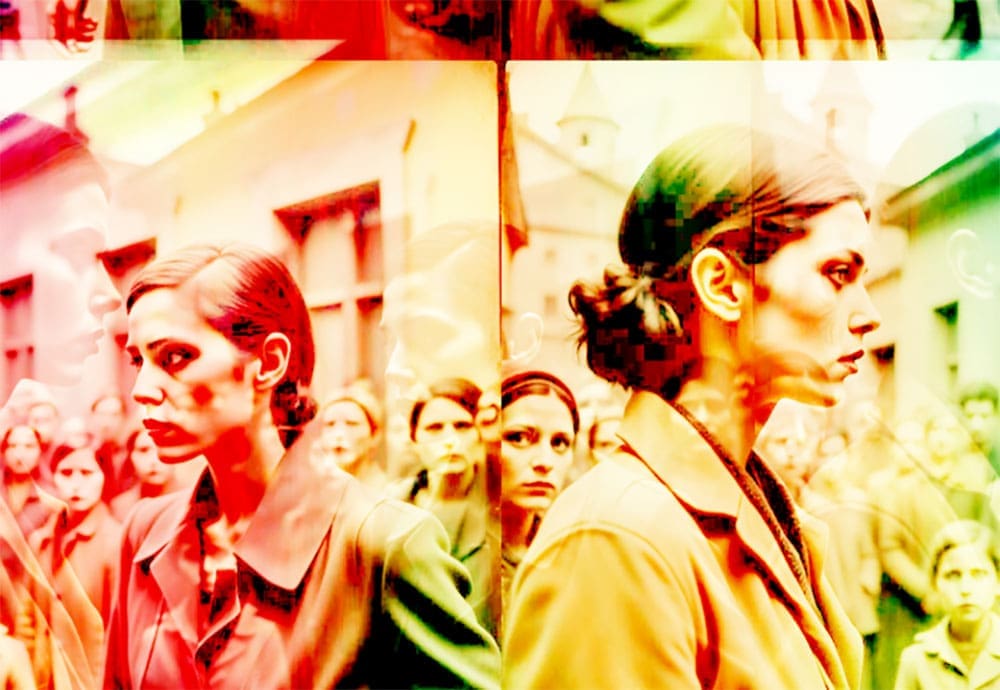
Historical Events and Intimate Human Experiences
Following the end of the war, Miller continued to document the aftermath of conflict, capturing images of displaced persons, devastated cities, and the remnants of destroyed infrastructure across Europe. Her post-war work reflected a mixture of hope and despair, a testament to the resilience of those who had survived but also a warning about the fragility of civilization. Miller’s war photography remains one of the most powerful records of World War II, highlighting her ability to capture both the grand scope of historical events and the intimate human experiences within them.
Marriage and Personal Struggles
After the war, Miller married Roland Penrose, a prominent British surrealist artist and writer. Penrose, who had been her close friend and lover, shared her artistic sensibilities, and together they formed a vibrant and unconventional household in Sussex, England. Their home, Farley Farm, became a gathering place for artists and intellectuals, including Pablo Picasso, Joan Miró, and Max Ernst. While their marriage brought Miller stability, her transition to domestic life was fraught with challenges.
Haunted by her experiences during the war, Miller struggled with post-traumatic stress disorder (PTSD), a condition that was not widely understood or treated at the time. Her mental health issues were exacerbated by her growing dependence on alcohol, and she began to withdraw from photography, focusing instead on supporting Penrose’s career and raising their son, Antony.
A Force in the Art World
Despite these challenges, Miller remained a force in the art world, often experimenting with new mediums and assisting Penrose with his writing and exhibitions. However, her creative spirit had been significantly dulled by the trauma of war. Her later life was marked by periods of depression, which she attempted to manage privately, avoiding any public acknowledgment of her struggles. In her final years, Miller turned increasingly toward cooking, developing a passion for gourmet recipes that would later be documented by her son. Although she largely left her camera behind, her legacy endured, and she remained an influential figure within her social circle.
Legacy and Influence on Photography and Art
Lee Miller’s impact on photography and art continues to be felt today. Her fearless documentation of war, combined with her surrealist-influenced early work, left an indelible mark on the medium. She is often cited as one of the first women to break into the male-dominated world of war photography, and her images from World War II are still considered some of the most powerful records of the conflict. Beyond her technical skill, Miller’s ability to convey the complexities of human suffering, resilience, and cruelty remains unparalleled. Her willingness to place herself in dangerous and uncomfortable situations to capture the truth of war set a precedent for future photojournalists, both male and female.
The Lee Miller Archives
In recent decades, interest in Miller’s life and work has surged, fuelled in part by exhibitions, biographies, and documentaries. Her archives, which include photographs, letters, and personal writings, were meticulously preserved by her son Antony Penrose and have provided scholars and historians with invaluable insight into her life and creative process.
Farley Farm, now known as the Lee Miller Archives, serves as a museum dedicated to her legacy, hosting exhibitions and educational programs that explore her contributions to photography and art. Miller’s work challenges viewers to confront the realities of war and the human condition, while her life story continues to inspire those who seek to use art as a means of understanding and expression.
"Her work confronts us with the horror of war and the resilience of the human spirit in a way that few others have."
Elizabeth Brown
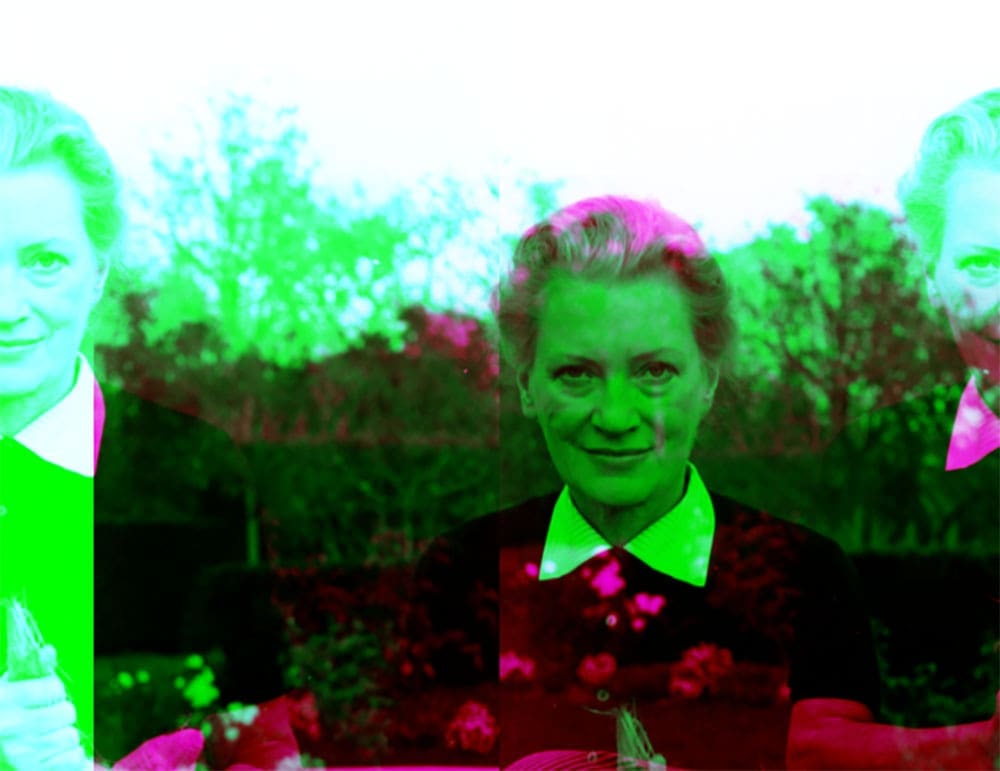
A Woman Ahead of Her Time
In many ways, Lee Miller was a woman ahead of her time. She defied societal expectations, pursuing a career in a field that was largely closed to women and capturing images that forced the world to confront uncomfortable truths. Her work embodies the spirit of the avant-garde, the surreal, and the brutal – all captured with an unerring eye for beauty and composition. Through her photography, Miller not only bore witness to history but also contributed to shaping our understanding of it. Her legacy is that of a fearless artist who was willing to risk everything to capture the truth, leaving behind a body of work that continues to resonate with audiences worldwide.
*Visit The Lee Miller Archives and the Penrose Collection at Farleys House and Gallery
"Lee Miller was a woman who not only saw history, but who lived it, made it and ultimately recorded it."
Lord Acton


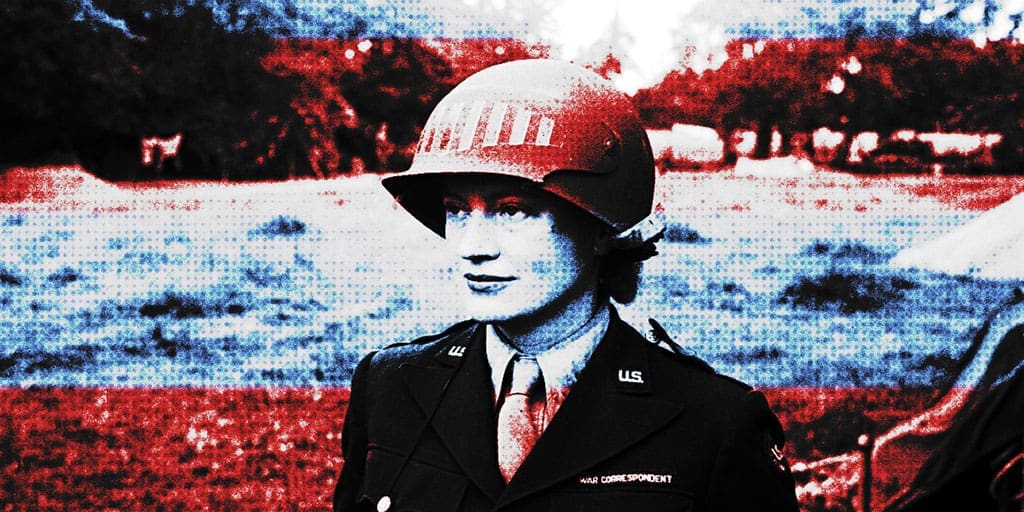
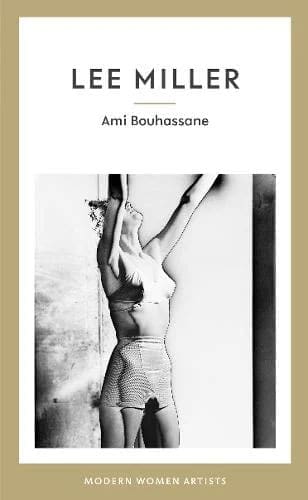




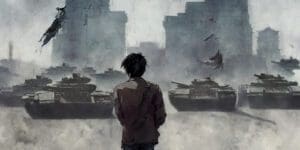
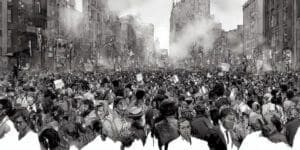


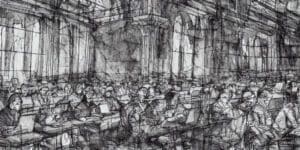
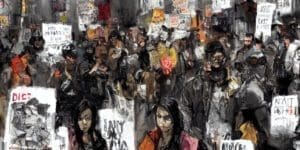
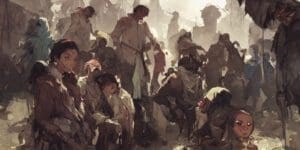
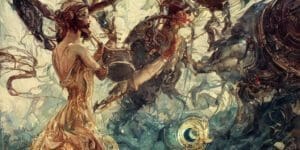


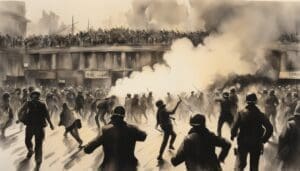
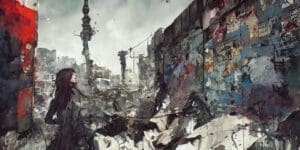
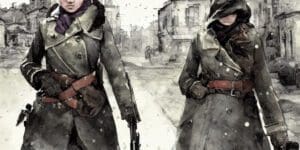
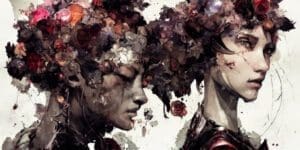

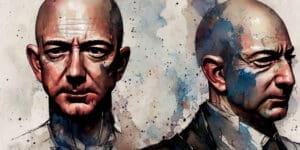
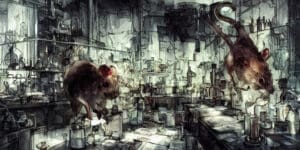
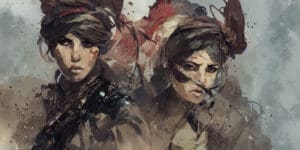
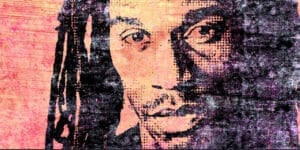

Leave a Comment